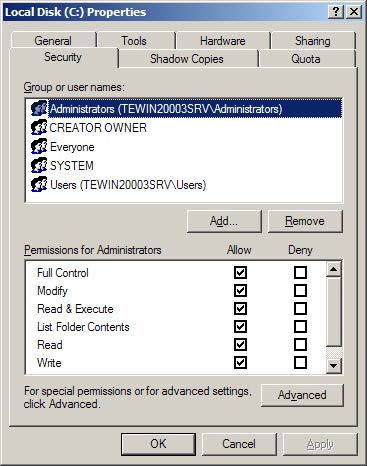

For example, multiple users work on the same computer as you do. In such situations, windows permissions are very useful. However, you sometimes wish to take complete Control of this feature and manually decide the users or groups who can access a folder or file. Therefore, you no longer have to fret about someone gaining unauthorised access to your file or folder. Usually, the operating system automatically monitors ‘permissions’ to ensure that files and folders are secure.

Windows uses folder permissions for every register key, folder and file within your computer.
FREEFILESYNC NTFS PERMISSIONS HOW TO
How to set secure folder permissions in Windows?

Further, in this article, you will know how to use files and folders permission to secure your data privacy and leaks. This is where the Windows files or folders permissions come in handy to prevent unauthorised access to your essential data. This is one of the primary topics under the access control domain and must be understood to ensure security in an Active Directory environment where file servers access/sharing files/repositories work on the NTFS permissions structure. During our internal infrastructure security reviews, we often encounter such weaknesses as privilege escalation opportunities to elevate our access levels and push us closer to the domain administrator privileges. Insecure file permissions is one of the core security weaknesses identified during the penetration tests. Like, you can assign a specific folder in your computer where your home users can access music, images, or videos, or at the workplace to access work files, documents, or more, but you want to restrict the access permissions of users only to that group of files or folders, not your whole computer system. There are many cases where you will need to restrict your file or folder security to yourself or a certain group of users.


 0 kommentar(er)
0 kommentar(er)
